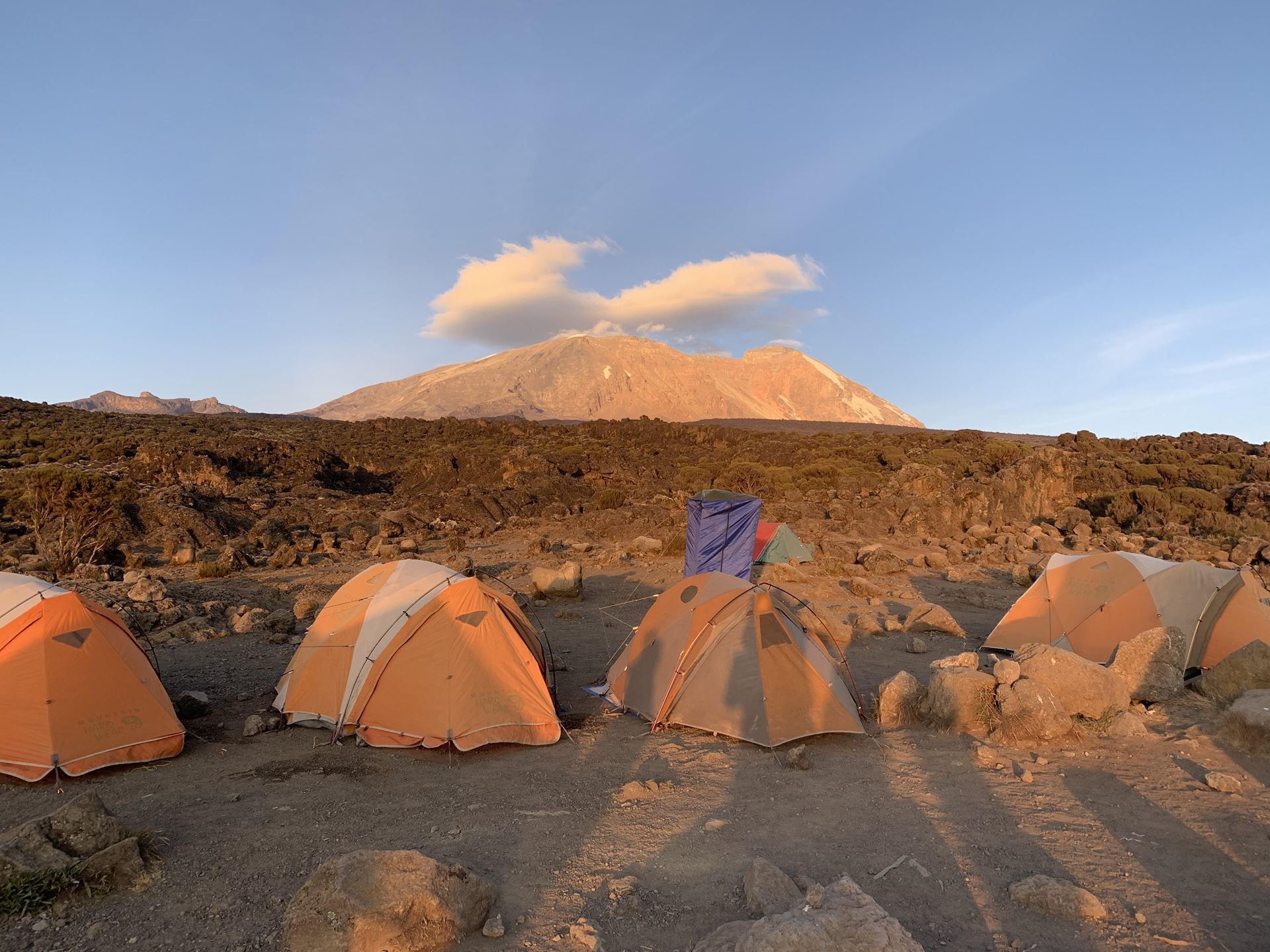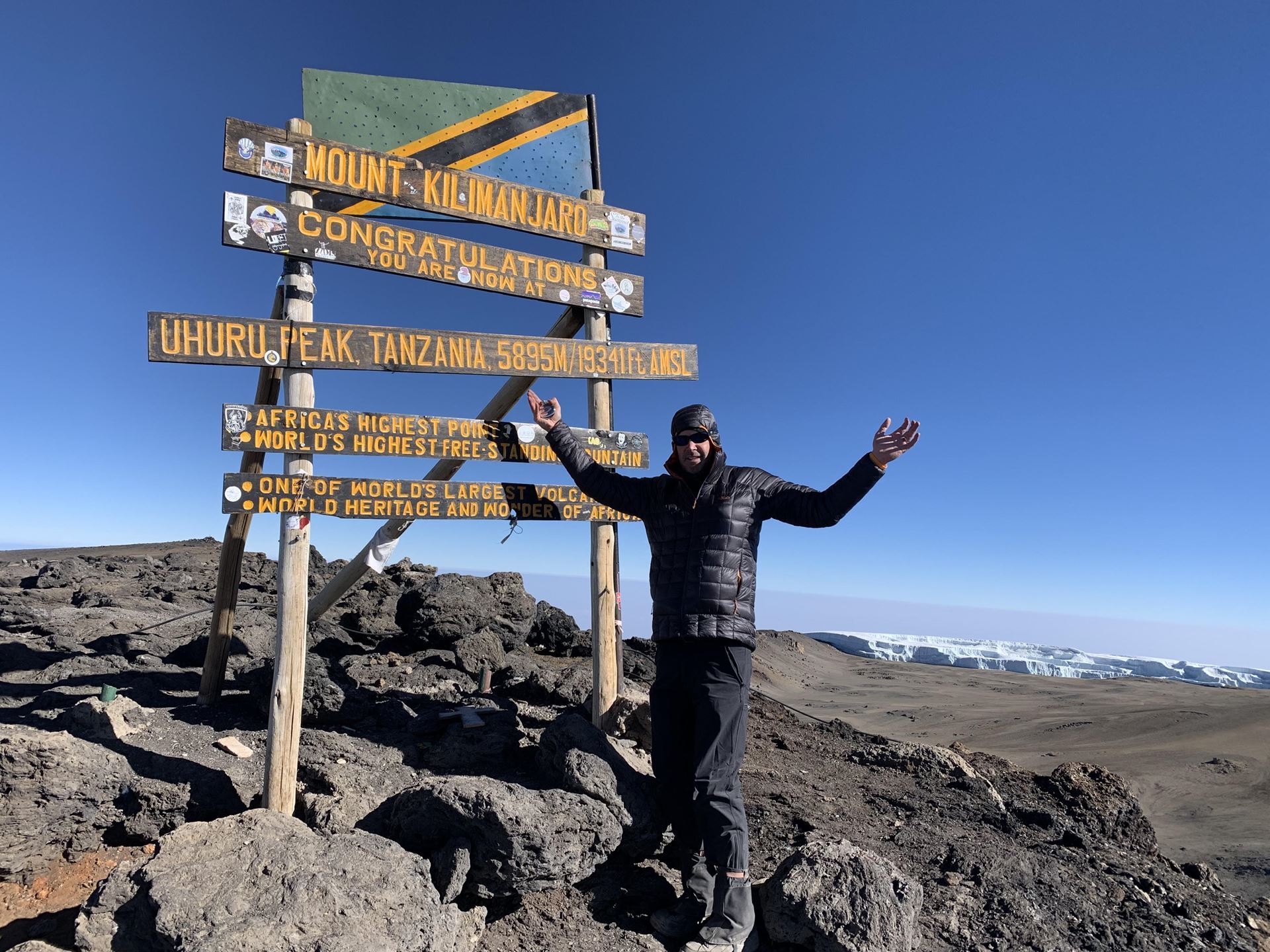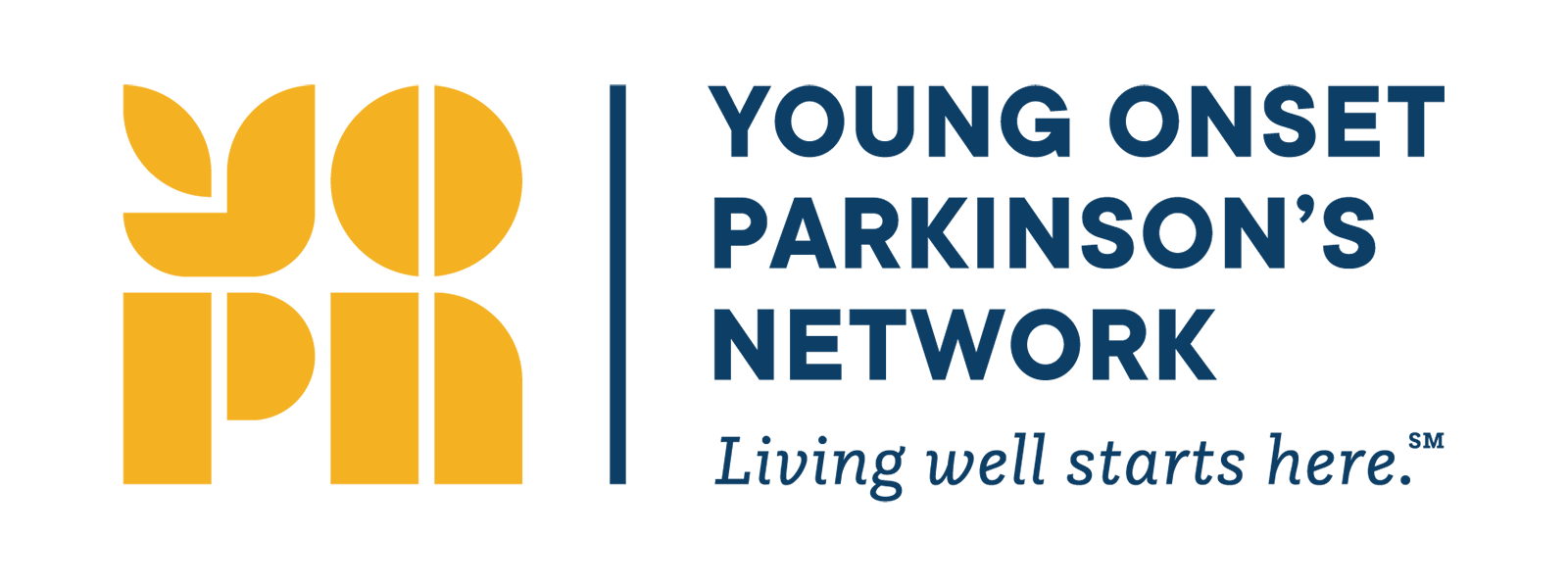YOPN Treasurer Mark Kohus wanted to prove that it's possible to live actively and well with YOPD — so he climbed Africa's tallest mountain.
Back in 2018, 46-year-old Mark Kohus found out he had Young Onset Parkinson’s. Like many others, he didn’t know anyone else who shared his experience and wasn’t sure what to do next. He got involved in boxing classes for people with Parkinson’s but felt out of place in a sea of senior citizens.
As Mark continued searching for ways to stay active, he found that resources for the Young Onset Parkinson’s subset were few and far between. He didn’t want his life to be like that of the older people he saw, so he persisted in his quest for an active, PD-friendly lifestyle. Then he met YOPN Founder Anna Grill, and everything changed.
“We met at a Davis Phinney Foundation event, and her organization sounded like the perfect fit,” he recalls. “I ended up joining the board a little over a year ago, and it’s been great. We’re reaching people who want to be active and not sit and wait for PD to take everything from them. It’s exhilarating and exciting to discover there are a ton of people out there that are experiencing the same thing.”
Soon after joining the board, Mark started getting emails about an opportunity to climb Mt. Kilimanjaro with a team organized by the Michael J. Fox Foundation. Despite his advocacy for staying fit and active with Parkinson’s, he dismissed the messages. Who would be crazy enough to do that with PD?
And so the emails kept coming. And Mark kept ignoring them…until one day he didn’t. “Why not?” he thought to himself.
“The application process was simple,” he recalls. “There weren’t any strict requirements, and the only question was basically ‘Are you willing to do this?’”
“Then I texted my wife to tell her I’d applied. I expected her to ask more questions, but she was immediately super excited and all for it. She’s usually very cautious, so it was motivating for her to react like that, which gave me the validation I needed to really go for it.”
Preparing to Climb
After Mark’s application was accepted in December 2022, he had until August of 2023 to prepare for the climb. Little by little, he began adding more hiking, cardio, and strength training to his workout routine. 3-mile hikes eventually grew into 11-mile hikes with a weighted backpack. Throughout the training, he and the other accepted applicants met over Zoom to get to know each other and exchange training tips.
“About six weeks before, I went to Colorado to get a sense of how my body would react to the altitude,” Mark explained. “Since I live pretty much at sea level down here in Kentucky, I wanted to try hiking in an environment more similar to the actual climb.”
His body handled the altitude change well, which further boosted his confidence about taking on Kilimanjaro. Then, before he knew it, Mark found himself gazing down at its peak as his flight approached the Kilimanjaro airport.
The Real Journey Begins
“I could see the top of the mountain from the clouds above and just thought, ‘Wow, I’m gonna be on top of that mountain,’” he remembers. “It was both intimidating and inspiring — it really hit me emotionally at that point.”
 When all 9 climbers finally met in person, Mark described feeling an “instant connection” between the group since Parkinson’s Disease had touched each of their lives in one way or another. Five were either care partners or family members climbing to honor their loved ones, three (including Mark) were diagnosed with YOPD, and one was a 67-year-old woman who had been diagnosed with standard PD.
When all 9 climbers finally met in person, Mark described feeling an “instant connection” between the group since Parkinson’s Disease had touched each of their lives in one way or another. Five were either care partners or family members climbing to honor their loved ones, three (including Mark) were diagnosed with YOPD, and one was a 67-year-old woman who had been diagnosed with standard PD.
“She was a constant inspiration for everyone,” he said. “She was always ready to go and always out in front of the group with the guides. We kept reminding ourselves that if she can do it, we can do it.”
And so the group set off on what would be a 7-day trek: Five and a half days to make it to the summit, and one and a half to get back down.
“The sense of camaraderie we developed was incredible,” Mark said. “Since we were all connected to PD in some way, everyone understood what the other participants were going through, and was patient and understanding when someone needed to take a break. We all helped each other out and recognized when meds needed to be re-upped and everything.”
“There were no built-in, special accommodations for those of us hiking with Parkinson’s — we just treated each other normally and followed the standard precautions just like any other climber would.”
The Challenges Along The Way
The third day presented the toughest challenge for Mark. After climbing from 12,000 to 15,000 then back down to 13,000 feet, the altitude sickness hit.
“We went to 15 [-thousand feet] to get a feel for the altitude we’d experience the next day, but went back down so we could rest and sleep at a lower altitude,” he explained. “I had a constant, low-grade headache and not much of an appetite, but I remembered what I’d read about altitude sickness before and how it was important to eat.”
Despite his exhaustion, Mark was able to have some food that night and was relieved to wake up feeling refreshed and energized for the day ahead.
“It also helped talking to the other folks about it the next day and hearing they were experiencing the same thing — it had been a hard day for everyone, but after talking about it we knew we were going to pull through it together.”
The Summit
Finally, day 5 had arrived. After all of their hard work, the self-dubbed “Kili-9” set out to conquer the summit of Mt. Kilimanjaro…at 11 pm. The plan was to hike through the night and arrive at the top after sunrise. The group donned their headlamps and stared off into the pitch darkness, one foot after the other.
“It was a step, step, step slow walk,” Mark remembers. “It was a pretty busy night on the mountain — there were a lot of other groups climbing at the same time, so we could see all of their headlamps up above and down below us.”
The wind chill was close to 0 degrees Fahrenheit, and after some time, the initial excitement wore off and the group was losing steam.
“Then, finally, we caught our first glimpse of the sun slowly peeking up from the curvature of the Earth,” Mark said. “The sun coming up warmed our souls and spirits and off we went. It gave us the second wind we all needed and there was this unspoken feeling of ‘I’m doing this no matter what!’ all throughout our group.”
As soon as the Kili-9 took their first steps onto the summit, it was mission accomplished. As they took in the 360-degree views of the scenery from on top of the world, they allowed the significance of their accomplishment and teamwork to wash over them. Mark thought back to when he flew in and saw where he was standing now from the airplane window.
The Power to Live Well (Everyone Has It)
Although his initial reaction to climbing a mountain with YOPD was “Who would be crazy enough…?” Mark proved to himself that he had the power to take on and achieve a seemingly impossible goal.
“It’s the hardest thing I’ve ever done physically or mentally,” he recalls, “but knowing that I have PD and can still do these things that healthy people can do — and even some can’t — was absolutely worth it.”
For readers interested in making a climb like his, Mark has the following advice:
- Find a good organization or a good group of friends and/or family that you know and trust will support you along the way.
- Enlist a reputable guide company or an experienced individual who can help navigate and prepare you for the journey.
Mark hopes that his story will inspire and encourage other YOPD’ers to pursue big goals and take on those kinds of intimidating, yet rewarding challenges, without letting PD discourage them from living and experiencing their lives to the fullest.

